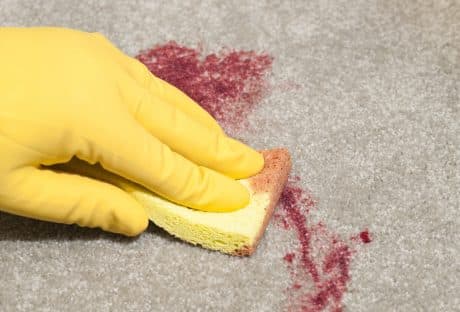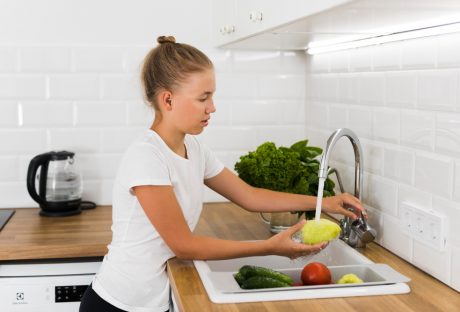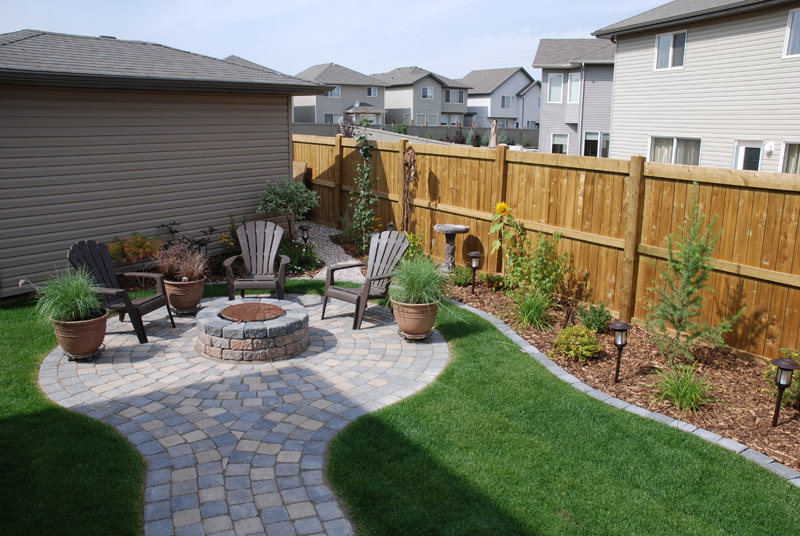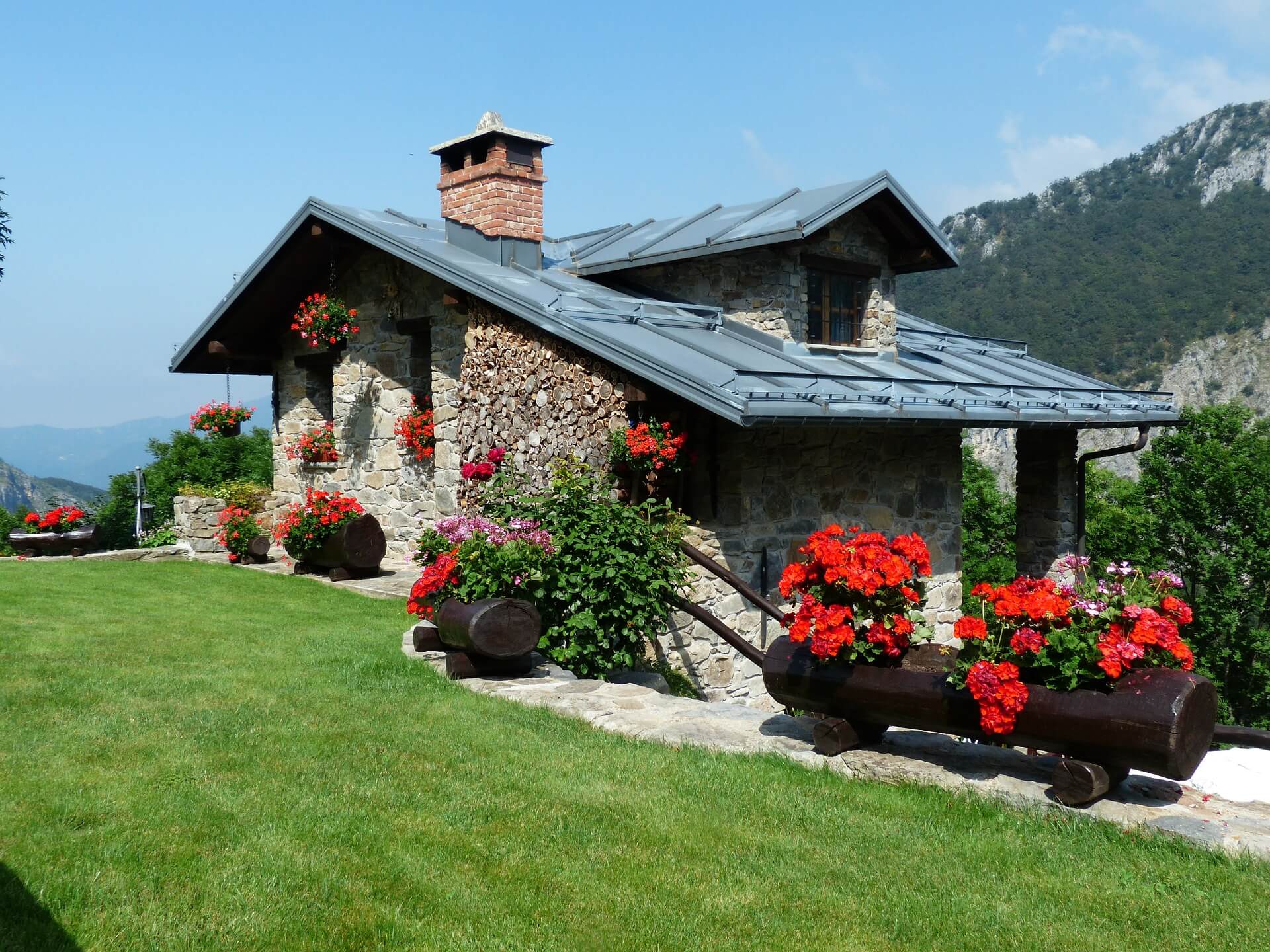Landscape edging can further add to the beauty and utility of your beach home. You might think that with a yard made of sand instead of grass you’re stuck with no options. Forget that train of thought because you had a multitude of possibilities with your sandy landscape and plenty of reasons to edge your yard.
Benefits of Landscape Edging :
Regardless of the soil or grasses composition of your yard, landscape edging provides many benefits, including:
- a crisp, manicured appearance to your yard and home
- increases curb appeal
- adds value to your yard and home economically
- creates a root barrier to stop the spread of invasive grasses and reeds
- helps prevent erosion
- provides a contrast to the yard and your home
Edging can help create paths, direct traffic flow in the yard, and set aside yard areas for special uses. You can create planting areas or a patio area with a combination of small hard materials for the main area and larger materials for the edging.
Design Materials :
The main advantage of sand is its neutral color goes with everything. Whether black, cream, or white sand, it works with any color contrast you choose.
That leaves you open to a number of design materials including brick, fencing, glass, pavers, plastic, potted plants, stone, tile, wattle, or wood.
Your choice depends on the look you want to achieve. Separating the yard from beach sand dunes with slat wood fencing provides a traditional look. Most wood edging lasts about ten years before needing touch-ups or replacement.
Concrete comes performed or you can create a custom form and pour your own design. This lets you create a look no other yard has. Creating your own forms lets you add materials to dress up the concrete pavers. Add small river stones, seashells, sand dollars, beads, or small tiles.
You can lay or stack large stone or brick. This forms either a low curb edge or a low wall.
Plastic or resin dividers come in many designs from faux stones to fencing. Choose wisely and in-person to check the plastic’s quality. The cheaper plastic edging looks just that.
To achieve an organic look with sturdy materials, create a wattle fence. Wattle consists of weaving the saplings of pliable trees together. Dogwood and willow make popular choices.
Another choice that mixes organic and inorganic materials, potted plants, delineate lawn areas while adding life to a sand-covered lawn. Try potted seagrasses, potted palms, or potted palmetto trees. Both the pots and plants add color.
You can get numerous other ideas on websites like Pinterest. You’ll also find installation ideas.
Installation Tips :
Set the edging in place firmly. You may need to dig a shallow space for each. Fit it inside the shallow, then re-pack the dirt around it.
Installation varies based on use. Use the following a depth/height guide:
- lawn or garden divider – use a trenched edge or ditch with a V-shape;
- mowing strip – use flat, wide materials level with the ground so lawn mower wheels can easily skim over them
- capture mulch – keep mulch in place using a solid material that extends four inches below ground and two inches above
- beautification – use any height that provides the desired aesthetic.
You can create an attractive lawn with sandy soil as the base. Create interest and divide space using landscape edging.
Read Also :
- Natural Ways To Get Rid Of Flea In Your Lawn
- Ten Tips To Make Most Out Of Your Outdoor Space
- Grow These Flowering Plants In Your Home Garden To Remove Vastu Related Problems
Kylie :
Outside of writing for EverythingBackyard, I love to spend all the time I can outdoors and find every excuse to leave my house. I write about everything from backyard DIY projects to gardening. If you can’t get a hold of me I am probably on a trail or a boat.






















